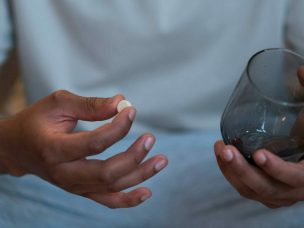Prevalence of melatonin consumption significantly higher for school-aged children, preteens versus preschool children
Melatonin use is common in U.S. children and adolescents, according to a research letter published online Nov. 13 in JAMA Pediatrics.
Lauren E. Hartstein, Ph.D., from the University of Colorado in Boulder, and colleagues conducted a survey study involving parents of children and adolescents aged 1.0 to 13.9 years on their children’s sleep-related practices, including any melatonin use. Data were analyzed by age: 1 to 4 years, 5 to 9 years, and 10 to 13 years (preschool, school age, and preteen).
Data were included for 993 children and adolescents. The researchers found that the prevalence of melatonin consumption in the past 30 days was significantly higher for school-aged children and preteens versus preschool children (18.5 and 19.4 percent, respectively, versus 5.6 percent). However, there was no significant difference in the frequency of mean melatonin use during the past 30 days across age groups. A significant increase in melatonin dose was seen across age groups, from a median of 0.5 to 2 mg in preschool children and preteens, respectively. The median length of consumption was 12.0, 18.0 and 21.0 months for preschool children, school-aged children, and preteens, respectively. The most common form of melatonin use was gummy, followed by chewable tablet, pill, and liquid (64.3, 27.0, 6.3, and 2.4 percent, respectively).
“We are not saying that melatonin is necessarily harmful to children. But much more research needs to be done before we can state with confidence that it is safe for kids to be taking long-term,” Hartstein said in a statement.
Abstract/Full Text (subscription or payment may be required)










